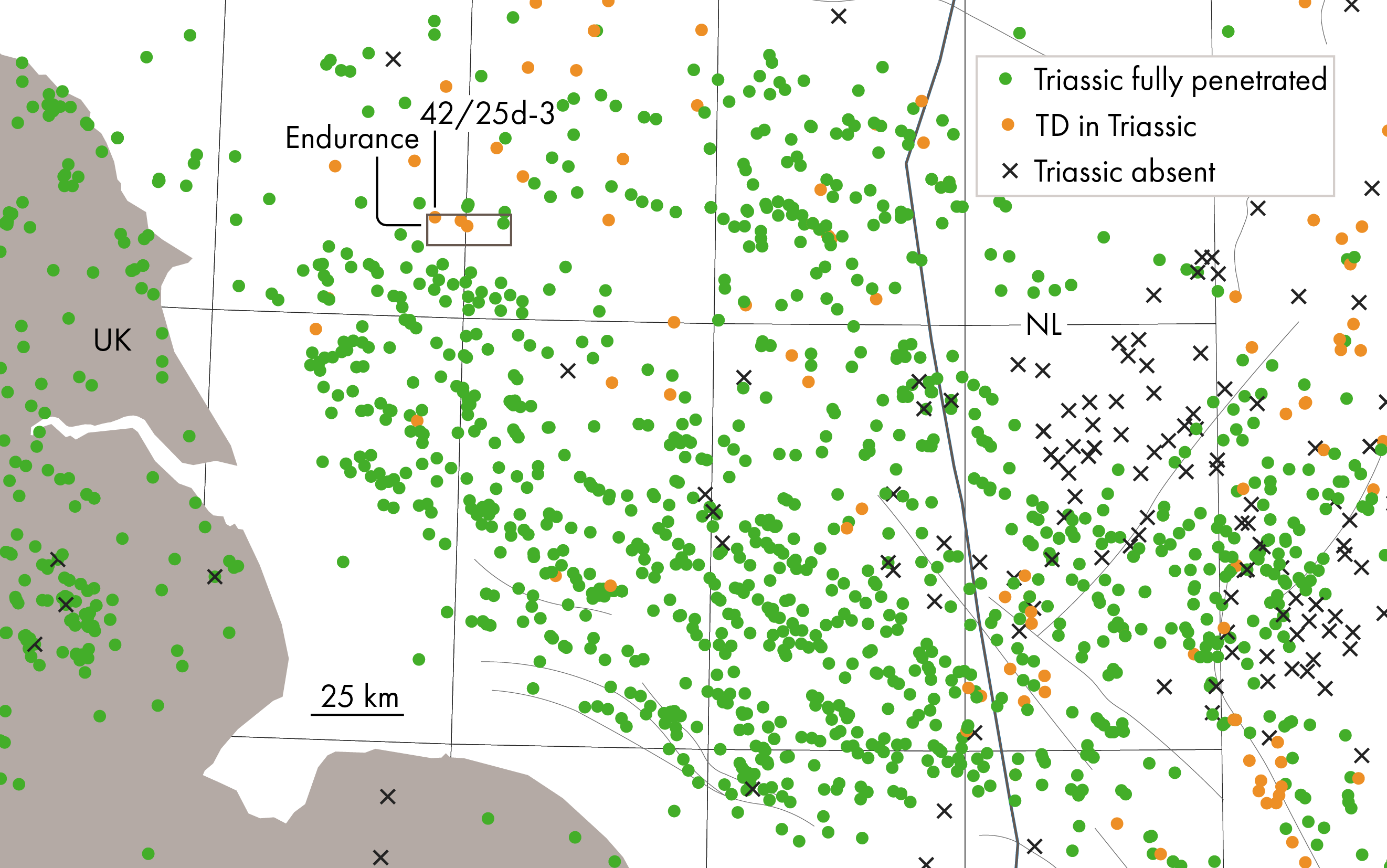“It’s the details that always bite you in the end”, said Ronny Parr from the North Sea Transition Authority to the audience at SPE’s Seismic 2023 Conference in Aberdeen yesterday.
Ronny has a legacy of delivering talks in an engaging way – I remember him present at a Petex conference in London years ago where he also alluded to details hidden away in documents – that time it was about scribbles from geologists in the margins of composite logs that formed the lead to identifying missed pay. It was a talk Ronny won the best presenter award for at the time.
Yesterday, it was more about seismic data, as the theme of the conference already suggests. And there is another good reason for that. Even though the Triassic has been drilled many times in the Southern North Sea, the far majority of these wells were not targeting it and aimed to drill through the succession of red beds, carbonates and evaporites as quickly as possible to reach the Rotliegend and Carboniferous reservoirs below.
Now, many years after the gas drilling bonanza in the Southern North Sea (SNS), it is the Bunter Sandstones that are now the primary target for carbon capture and storage projects, with the Endurance project being the most advanced example of it.
There are a few good reasons why the Bunter sandstones are considered a good candidate for storage. As Ronny put it at the start of his talk: “It is a large aquifer, it has many culminations in the SNS, it has a proper thickness and a great top seal.”
However, data are scarce. Compared to 100+ cored sections in the Rotliegend, there are only 20 wells with core in the Triassic of the SNS. Most of those are also clustered where the Triassic fields were located – along the basin margins. To make matters worse, there are only two cores that have sampled the overburden of the Bunter reservoir.
Based on a regional seismic interpretation exercise around the Endurance site, Ronny further showed that the Bunter is more complex than some may anticipate. Comparing two locations in the area of the Endurance site, he showed that the top of the Bunter reservoir has opposite phases, pointing to different impedance contrasts at top reservoir level.

Facies change or salt plugging
In between these two places, he identified a seismic feature he marked as an “Inward Dipping Reflector” (IDR). Even though there are still questions around what this IDR may actually represent, one hypothesis Ronny came up with during his talk is that it could represent a change in facies within the Bunter Sand. He based this observation partly on the curved nature of the IDR when mapped spatially. As he said; “I may have tried to do internal facies mapping within the Bunter for the first time.”
Another explanation for the phase reversal, as explained by Jon Gluyas and Usman Bagdu in their paper on the Endurance site, is the plugging of the reservoir by halite, which is a common occurrence in the SNS Bunter sandstone. The phase reversal had also been identified in previous research done on Endurance, and was linked to salt plugging at the time. On that basis, the Endurance site was interpreted as containing high porosity sands, with the Bunter sands to the north, south and west being salt-plugged. This concept was “proven correct” when 42/25d-3 was drilled on the Endurance closure in 2013, which also found good-quality reservoir as expected.
In other words, the Triassic is not surely not boring.





